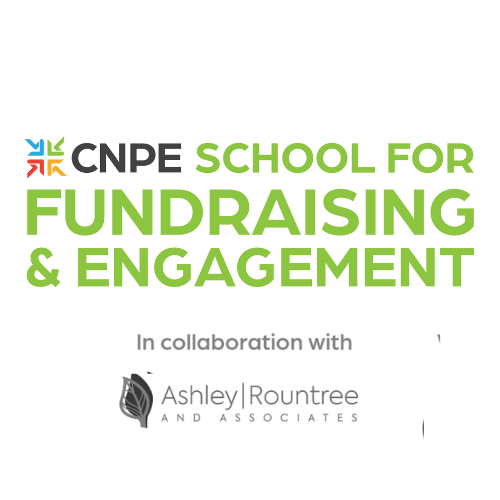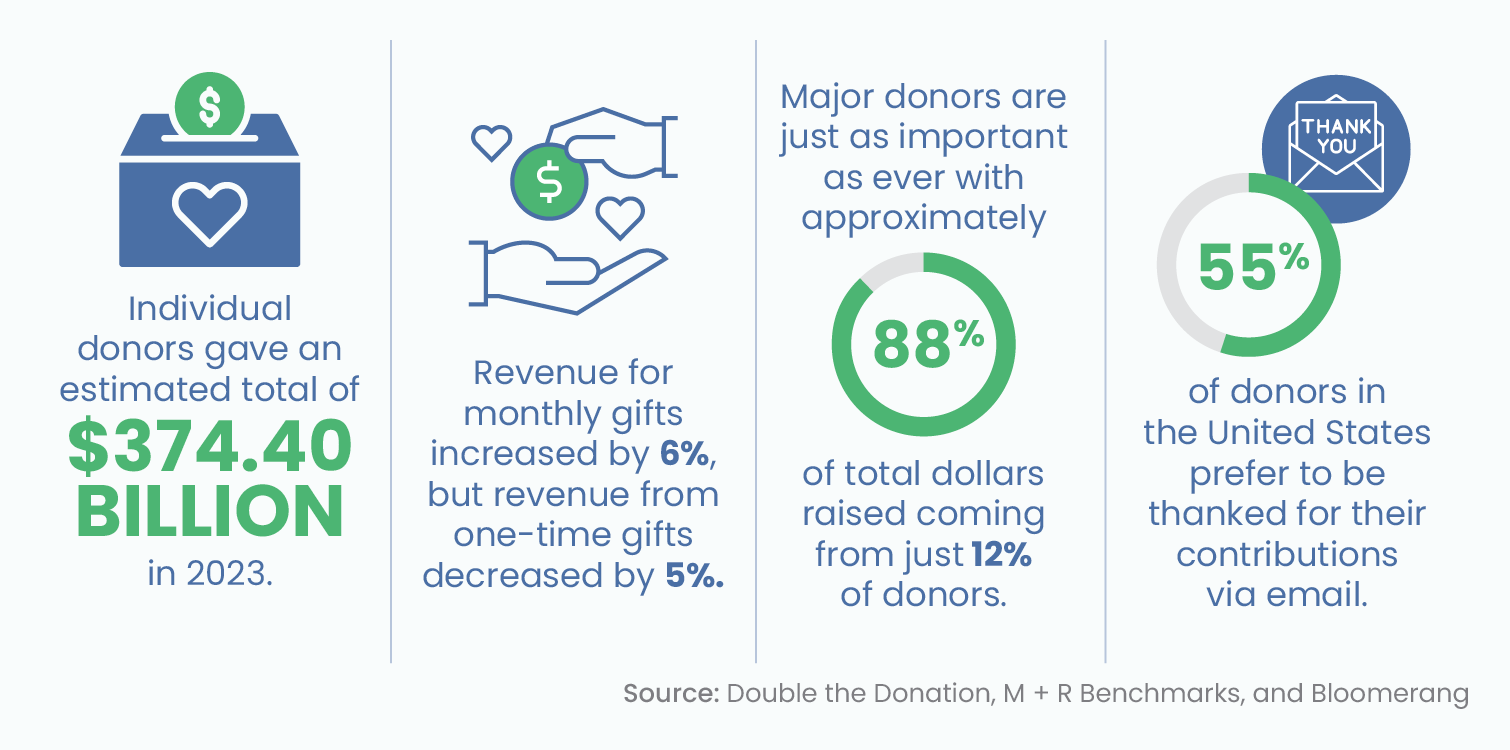Leading Nonprofit Fundraising Ideas: Ingenious Approaches to Increase Even More Funds
The Duty of Community Involvement in Nonprofit Fundraising: Structure Lasting Relationships for Lasting Support
Area engagement is progressively acknowledged as an important component of successful nonprofit fundraising. By promoting genuine relationships with regional stakeholders, companies can cultivate count on and loyalty, which are vital for lasting support. However, the approaches and approaches utilized to involve neighborhoods differ extensively, raising crucial concerns concerning performance and influence. What are the ideal techniques for growing these vital links, and how can nonprofits gauge their success in this sector? Understanding these dynamics can considerably affect the future of fundraising efforts and the general goal of not-for-profit organizations.
Recognizing Neighborhood Interaction
Community interaction is an important part of successful not-for-profit fundraising efforts. It refers to the strategies and activities that organizations utilize to attach with their neighborhood communities, fostering connections that are equally helpful. Understanding area interaction entails acknowledging its diverse nature, which includes outreach, partnership, and engagement. Nonprofits need to recognize crucial stakeholders-- such as community participants, regional services, and other organizations-- to create reliable interaction methods.
Effective area engagement is based on energetic listening and responsiveness to the needs and passions of the area. This procedure entails obtaining responses, recognizing neighborhood characteristics, and making certain that the company's mission lines up with neighborhood top priorities. Involving the neighborhood can take various types, including public conferences, volunteer opportunities, and collaboration efforts, each created to motivate participation and investment in the company's objectives.
Moreover, community involvement should be come close to as an ongoing dialogue instead than an one-time initiative. By promoting a comprehensive environment where community voices are listened to and valued, nonprofits can develop a solid structure for future fundraising endeavors. Eventually, a deep understanding of area interaction encourages organizations to produce authentic links that boost their overall efficiency and sustainability.
Advantages of Strong Relationships
Solid relationships formed through area interaction return various advantages for not-for-profit fundraising initiatives. Firstly, these partnerships foster trust fund and reputation, necessary components in encouraging benefactors to add. When potential supporters see a not-for-profit actively entailed in their area, they are more probable to believe in its mission and influence.

Moreover, these partnerships facilitate reliable communication. Nonprofits can utilize their connections to share tales of influence, updates, and needs, ensuring that advocates remain enlightened and involved. This open line of interaction not only reinforces bonds however also urges word-of-mouth promo, expanding the not-for-profit's reach.
Finally, solid neighborhood connections can attract brand-new partners and enrollers. People and companies are more inclined to straighten with organizations that demonstrate meaningful neighborhood participation, offering additional resources and support that can dramatically improve fundraising capacities. Therefore, growing robust connections via neighborhood involvement is essential to a not-for-profit's lasting fundraising success.
Strategies for Efficient Interaction
Exactly how can nonprofits effectively engage their communities to enhance fundraising efforts? Creating targeted strategies is vital for promoting purposeful connections. First, leveraging social networks systems allows organizations to share their mission dynamically and interactively, reaching a wider audience. Normal updates, involving material, and calls-to-action can galvanize area passion and involvement.
Second, organizing community occasions, such as workshops, volunteer opportunities, or fundraising drives, helps with in person communication, enabling nonprofits to display their influence and initiatives. These occasions not just raise funds but additionally cultivate relationships and allow neighborhood members to engage directly with the reason.
Third, applying personalized interaction methods can improve engagement. Customizing messages to certain donor sectors based on passions and past payments promotes a sense of belonging and financial investment in the organization's goal.
Last but not least, producing partnerships with neighborhood organizations and community leaders can intensify outreach initiatives. Collective initiatives can boost exposure and credibility, demonstrating a cumulative commitment to the area's wellness. By integrating these strategies, nonprofits can construct enduring connections that boost fundraising initiatives and drive lasting assistance.
Gauging Engagement Success
While involving the neighborhood is critical for successful nonprofit fundraising, determining the efficiency of these engagement efforts is similarly important. Establishing clear metrics permits companies to evaluate exactly how well they are linking with their target market and achieving their fundraising objectives. Trick efficiency signs (KPIs) such as contributor retention rates, volunteer involvement degrees, and involvement on social media systems supply substantial data for examination.

Routinely assessing these metrics makes it possible for organizations to pivot their techniques when needed, guaranteeing that community involvement stays lined up with their overall objective. Moreover, sharing these results with stakeholders fosters openness and builds trust fund, motivating more neighborhood involvement. Eventually, a robust dimension framework not just notifies future fundraising campaigns however additionally enhances the relationship in between the not-for-profit and its supporters, preparing for sustainable success.
Instance Studies in Community Effect
Numerous study show the extensive influence that community engagement can have on not-for-profit fundraising success. One noteworthy example is the "Food for Idea" effort, where a regional food financial institution partnered with colleges and organizations to host community dinners. These occasions not just elevated funds but likewise cultivated a feeling of belonging amongst participants, dramatically enhancing benefactor retention rates.
Another you can try here engaging instance is the "Green Spaces Job," which entailed regional citizens in the revitalization of city parks. This campaign not just garnered monetary assistance from local organizations however also grew a volunteer base that added to ongoing maintenance and programming. The sense of ownership and pride among community members equated into sustained contributions.
In the realm of arts, the "Art for All" campaign efficiently involved neighborhood musicians and patrons to develop collective art installations, resulting in enhanced visibility and donations for a local arts nonprofit.
These instances highlight that when nonprofits focus on community participation, they can create long-term connections that enhance fundraising efforts, making sure sustainable assistance and promoting a dynamic area culture. Such cases demonstrate that neighborhood involvement is not merely a technique however a necessary pillar of not-for-profit success.
Verdict
To conclude, neighborhood involvement is integral to the success of nonprofit fundraising initiatives. By cultivating strong connections with local stakeholders, companies improve depend on and credibility, leading to improved contributor retention and loyalty. Implementing reliable engagement methods and gauging their effect guarantees that nonprofits can thrive and adapt. Inevitably, a durable structure of area assistance not only amplifies fundraising possible yet likewise grows a society of partnership, necessary for achieving lasting organizational objectives and sustaining meaningful influence.
Nonprofits must identify vital stakeholders-- such as area members, local organizations, and other companies-- to create effective interaction approaches.

In conclusion, community involvement is essential to the success of Check Out Your URL not-for-profit fundraising efforts.